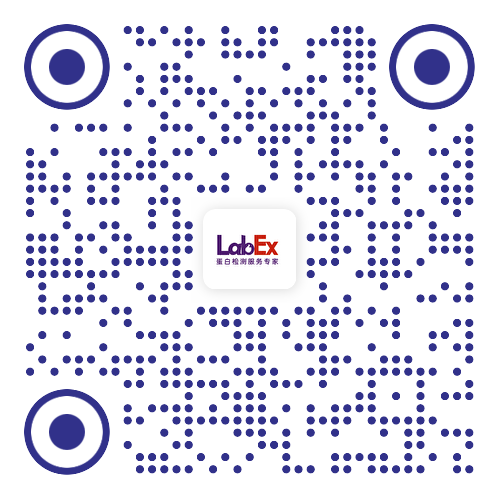Landscape and Selection of Vaccine Epitopes in SARS-CoV-2
There is an urgent need for a vaccine with efficacy against SARS-CoV-2. We hypothesize that peptide vaccines containing epitope regions optimized for concurrent B cell, CD4+ T cell, and CD8+ T cell stimulation would drive both humoral and cellular immunity with high specificity, potentially avoiding undesired effects such as antibody-dependent enhancement (ADE). Additionally, such vaccines can be rapidly manufactured in a distributed manner. In this study, we combine computational prediction of T cell epitopes, recently published B cell epitope mapping studies, and epitope accessibility to select candidate peptide vaccines for SARS-CoV-2. We begin with an exploration of the space of possible T cell epitopes in SARS-CoV-2 with interrogation of predicted HLA-I and HLA-II ligands, overlap between predicted ligands, protein source, as well as concurrent human/murine coverage. Beyond MHC affinity, T cell vaccine candidates were further refined by predicted immunogenicity, viral source protein abundance, sequence conservation, coverage of high frequency HLA alleles and co-localization of CD4+ and CD8+ T cell epitopes. B cell epitope regions were chosen from linear epitope mapping studies of convalescent patient serum, followed by filtering to select regions with surface accessibility, high sequence conservation, spatial localization near functional domains of the spike glycoprotein, and avoidance of glycosylation sites. From 58 initial candidates, three B cell epitope regions were identified. By combining these B cell and T cell analyses, as well as a manufacturability heuristic, we propose a set of SARS-CoV-2 vaccine peptides for use in subsequent murine studies and clinical trials.- bioRxiv
- 0
- 2020 Jun 4;2020.06.04.135004.
- Mouse
- Elispot
- 呼吸系统
- 呼吸系统
- B细胞
- 新冠
- IFN-γ
- doi: 10.1101/2020.06.04.135004.
相关货号
LXEMS01-1
Abstract
There is an urgent need for a vaccine with efficacy against SARS-CoV-2. We hypothesize that peptide vaccines containing epitope regions optimized for concurrent B cell, CD4+ T cell, and CD8+ T cell stimulation would drive both humoral and cellular immunity with high specificity, potentially avoiding undesired effects such as antibody-dependent enhancement (ADE). Additionally, such vaccines can be rapidly manufactured in a distributed manner. In this study, we combine computational prediction of T cell epitopes, recently published B cell epitope mapping studies, and epitope accessibility to select candidate peptide vaccines for SARS-CoV-2. We begin with an exploration of the space of possible T cell epitopes in SARS-CoV-2 with interrogation of predicted HLA-I and HLA-II ligands, overlap between predicted ligands, protein source, as well as concurrent human/murine coverage. Beyond MHC affinity, T cell vaccine candidates were further refined by predicted immunogenicity, viral source protein abundance, sequence conservation, coverage of high frequency HLA alleles and co-localization of CD4+ and CD8+ T cell epitopes. B cell epitope regions were chosen from linear epitope mapping studies of convalescent patient serum, followed by filtering to select regions with surface accessibility, high sequence conservation, spatial localization near functional domains of the spike glycoprotein, and avoidance of glycosylation sites. From 58 initial candidates, three B cell epitope regions were identified. By combining these B cell and T cell analyses, as well as a manufacturability heuristic, we propose a set of SARS-CoV-2 vaccine peptides for use in subsequent murine studies and clinical trials.
金课堂之文献解析 文献原文请点击
本网站销售的所有产品及服务均不得用于人类或动物之临床诊断或治疗,仅可用于工业或者科研等非医疗目的。











 沪公网安备31011502400759号
沪公网安备31011502400759号
 营业执照(三证合一)
营业执照(三证合一)


